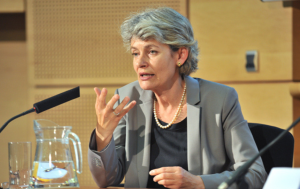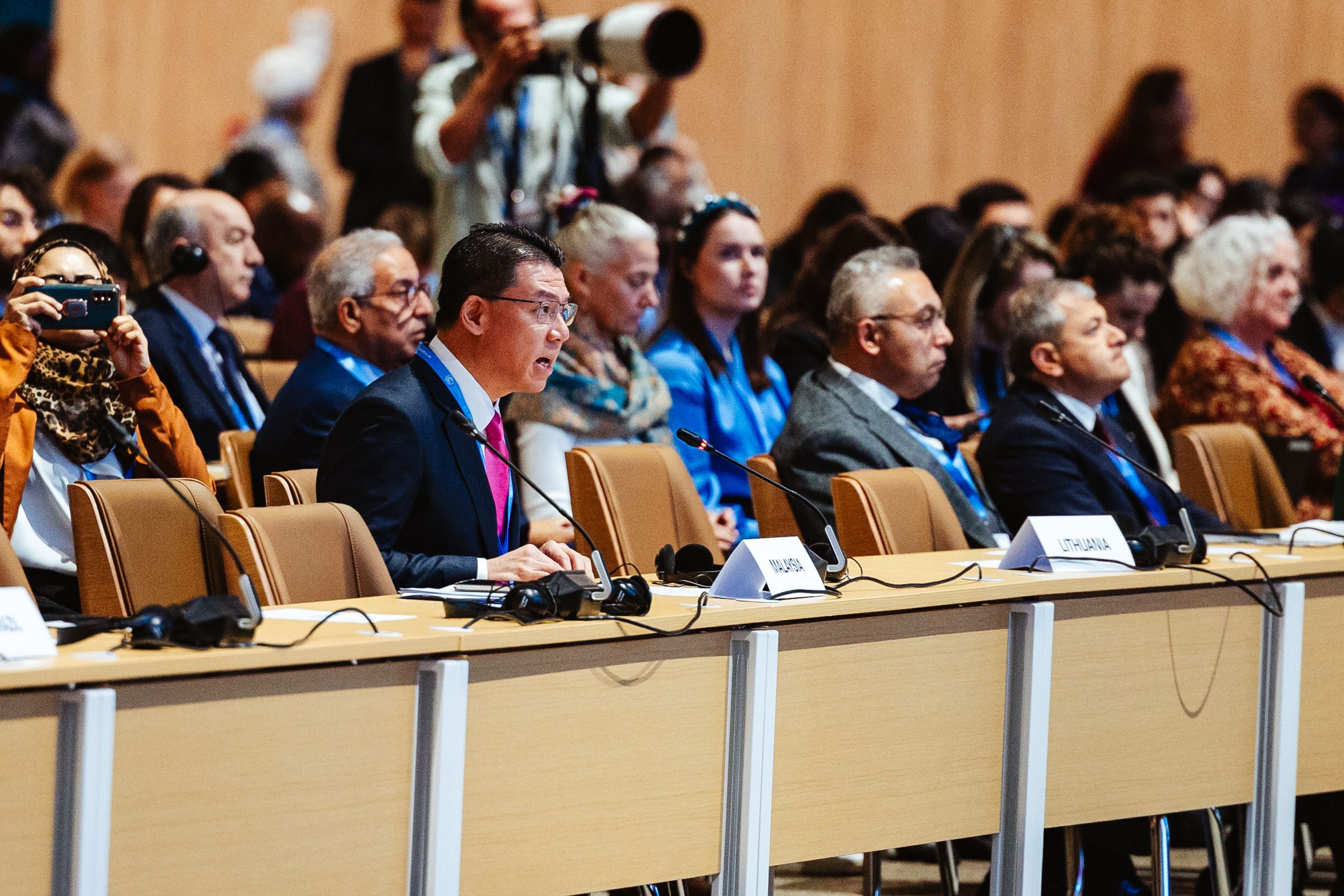The way we generate and consume energy, whether it be electricity, oil or gas, is undergoing seismic change. It is clear for all to see that we need to engineer a shift away from polluting and non-sustainable sources towards renewable, green energy.
And we need to shift to a customer-centric business model that will not be motivated by the needs of companies, but rather those of the end-user. In effect, energy will be democratised.
But to do this most effectively, we need to look hard at the technology being used at every stage of the process, from generation to production to trading to end-user consumption.
How can we press existing technology into the service of cleaner energy? And what new models can be explored to ensure that customer interests help to shape the direction of the industry?
Hitachi strongly believes that digitalisation is the first stop. It is transforming our world and the way in which we live and work. A key component of digitalisation—connectivity and integration—brings with it greater scope for connected devices, and these will revolutionise industries across the board, whether energy or others.
These two key processes are especially well-placed overall to drive new energy technologies, industry structures and business models that have sustainability at their very core.
Converging factors
We can pin-point 10 critical areas where digital technology can, and is, playing a fundamental role in carving out a new way forward for energy.
- Internet of things: Devices can now “talk” to one another via the internet. This is a key element of the connectivity revolution that can enable Social Innovation in the energy sector
- Market de-centralisation: Decentralisation of the energy market will mean energy is consumed close to where it is produced. This means we can minimise the need for transportation, and the higher costs and risk of wastage that come with it.
- Carbon reduction: This is perhaps the area most in need of fundamental change. Our collective carbon footprint needs drastic reduction, and technology that fuels efficiency and sustainability will prove integral to this.
- New business models: Energy business models are moving from supply-driven to customer-centric and technology enabled. Distributed generation, Virtual power plants (VPPs) and Anything as a Service (XaaS) are driving change
- E-mobility: Most of the major trends in industry today are centred on how to ‘go green’. Developments in e-Mobility, such as electric cars, reduce carbon output and thereby alleviate the strain on the world’s resources.
- Energy efficiency: Much of the wastage of our energy can be lessened by developing new methods of generation and transportation. Smart grids harness the new technology in their use of digitalised ‘smart’ meters, advanced transmission distribution infrastructure and more. Digitisation of energy utilities will play a huge role in driving energy efficiency.
- Water stress: The acute global problem is compounded by traditional irrigation techniques, as well as inefficiency in water usage in the home and in industry.
- Circular economy: In contrast to the traditional economy, in which goods are manufactured, used and disposed of, the circular economy emphasises the need for repeat use of resources, and regeneration of products and materials.
- Smart Cities: Digital technology is driving smarter buildings, grids and cities. We’ve seen the seeds of the latter across the world—in India, Sweden, Singapore and the South Korea.
- Big Data: Big Data and data analytics can be used to deliver maximum leverage of meter data for improved energy solutions for both commercial and residential consumers.
These 10 factors will affect the entire energy spectrum, and they are bringing a fundamental change to the relationship between consumer and supplier.
That means new opportunities to integrate the increasingly complex elements of the energy ecosystem, bringing together energy infrastructure and sophisticated IT.
New frontiers
The optimisation of existing technology should not be the end goal for stakeholders looking for a greener future. We can tweak what we already have to better suit the changing demands on the energy sector. But doing so will only take us so far.
The first stages of digital transformation that we are seeing today focus on using technology to optimize existing systems and processes. But the threshold that’s about to be crossed will herald a new era of business transformation. This will deliver efficiency and growth based on totally new operating models, technologies and solutions.
The digitised energy future will see the blurring of supply- and demand-side dynamics to create networks of intelligent, interconnected and interoperable systems that serve to bring an internet of energy to life.
The birth of Smart Cities, e-Mobility, the use of Big Data, and the encouragement of a more circular economy signals a hunger to use our capacity for innovation to affect positive change.
Digital transformation and disruption will be felt across the energy value chain, from generation to consumption. It will also affect the whole spectrum of stakeholders, including energy utilities, industries, governments, society and individual consumers.
The future will be integrated, renewable, low-carbon and intelligent solutions for energy—with a less centralised and more customer-centric approach. There is a clear opportunity across the whole energy value chain for innovation to play a key role in delivering affordable, reliable, flexible and sustainable energy for us all.
This article was originally published in Business Reporter. Image courtesy of iStockPhoto.com





